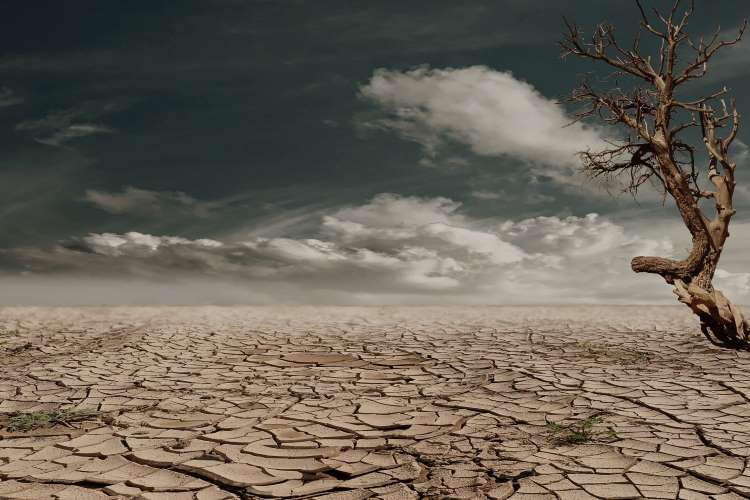
Loss and damage fund: The 27th Conference of the Parties to the United Nations Framework Convention on Climate Change or COP27 took a major step towards climate justice. The representatives from nearly 200 countries agreed to set up a dedicated fund for developing countries which is aimed at helping vulnerable nations cope with the impact of climate-related losses and damage. This development has been long desired, especially considering rich countries do the most damage when it comes to the environment, but the poor nations end up suffering the consequences.
In the context of climate change, the advanced nations have spent decades spewing greenhouse emissions into the atmosphere to become prosperous. This has happened at the cost of the poorer nations which bear the brunt of the extreme weather events triggered by the resultant global warming. The numbers are telling. Less than a fifth of the world has been responsible for three-fifths of all past emissions with the US and the EU alone releasing a whopping 45%.
READ | India’s G20 presidency: Thrust is on reformed multilateralism
Why the loss and damage fund
The burden of correcting the situation must hence be on the developed nations, as certain developing countries have argued in the past. This year, Pakistan also demanded compensation for the economic damage it faced due to floods.
At COP27 this year, countries agreed to begin a two-year plan to settle on how climate finance will be ramped up to meet the needs of the most vulnerable nations. This is to be settled by 2024 and the fund will be administered by the UN. It will help developing countries pay the immediate costs of extreme weather events such as storms and floods. In the meantime, the developed countries have also agreed to collectively double the funding support for climate adaptation projects by 2025.
The pledges made this year also assume significance when seen in the light of the number of extreme weather events that ravaged the globe this year. The price of climate change was glaringly obvious in the most vulnerable countries like Pakistan which has suffered devastating floods. India faced extreme heatwaves this year. However, climate change issues always take a backseat as other pressing issues take precedence. This year, an expected global recession, Russian invasion of Ukraine, and the Covid-19 pandemic that lasted two years prodded governments to worry more about the national economies than the future of the planet.
Reading the fine print
The convention, however, fell short on some much-needed reforms to tame climate change. While the summit resulted in a big breakthrough with the first ever fund for climate damage for vulnerable countries, there was still no real commitment to phase out the use of fossil fuels. Climate change is one of the biggest crises that humanity is facing today, and fossil fuels are the biggest contributors to the phenomenon.
Another issue with the COP27 declaration is that as with any global agreements, several details are missing. For instance, who will contribute to the loss and damage fund? The EU has said that all wealthy countries must rise up to the occasion. While taking per capita income may be a criterion, several powerful economies such as China do not have high per capita numbers to qualify as developed. Analysts now believe that this point of contention could easily derail the fund.
READ | COP27: Urgent need to focus on health impact of climate change
The text released at the convention also maintains that to make a significant dent on climate change, the world needs to invest at least $4 trillion every year for creating a low-carbon global economy. This will require a major overhaul of the global financial system and will also require banks from developed countries and global financial institutions like the World Bank and IMF to contribute.
Another issue is in selecting the beneficiaries which should be limited in number but also deserving. Currently, there is no agreement over whether all developing countries should be eligible or just the most vulnerable such as the small islands and African nations. Countries must come up with a consensus on the same while also setting a deadline or funding targets, especially when wealthier nations have already failed to deliver the $100 billion promised by the 2015 Paris Agreement.
